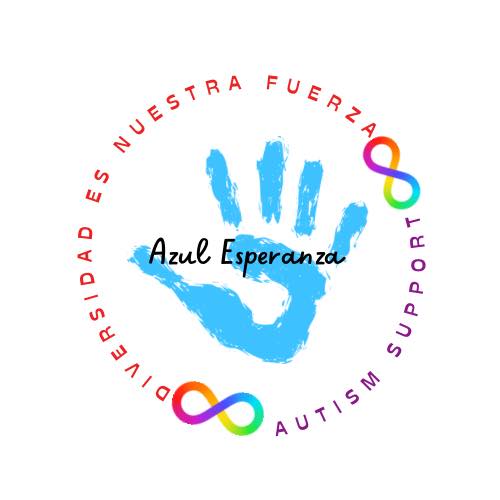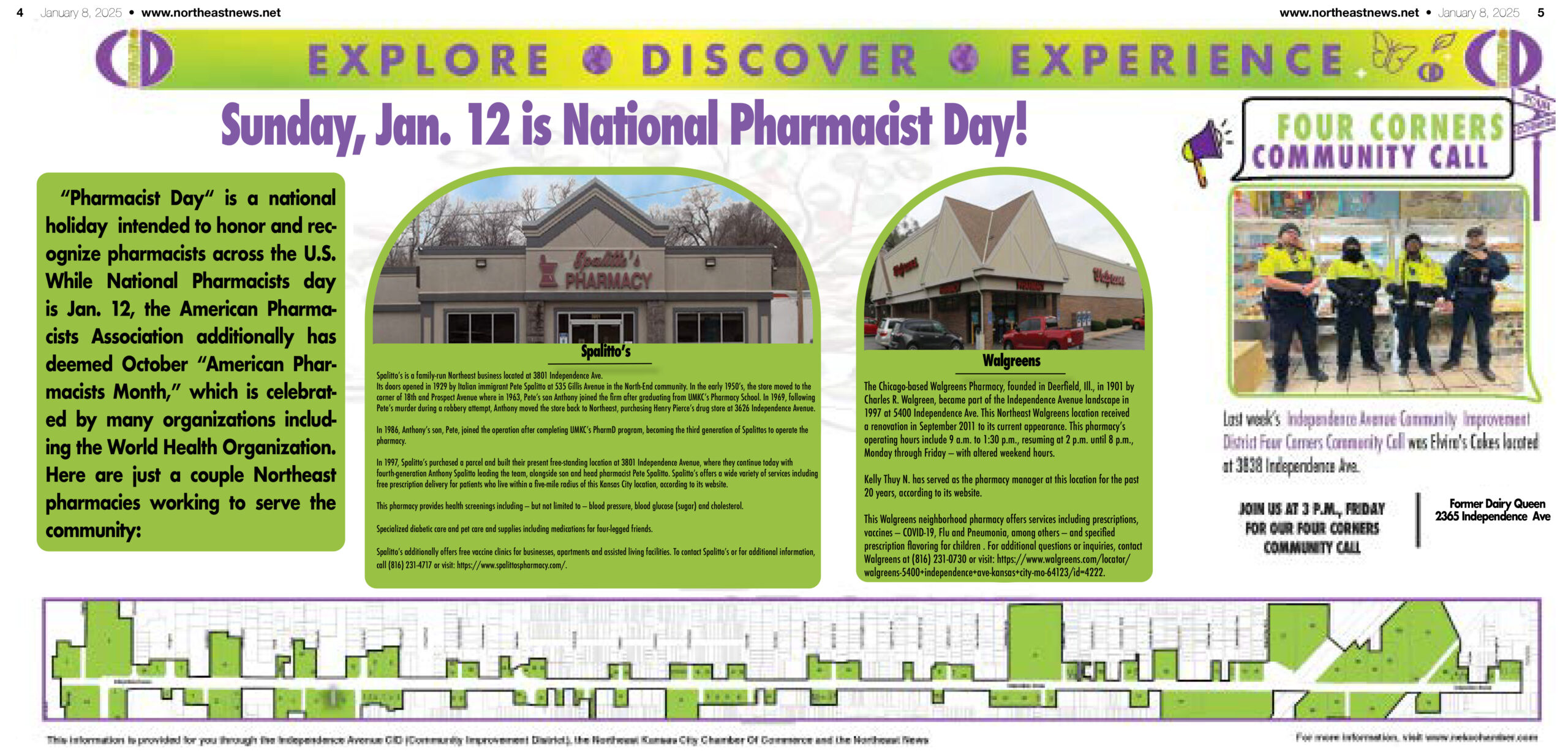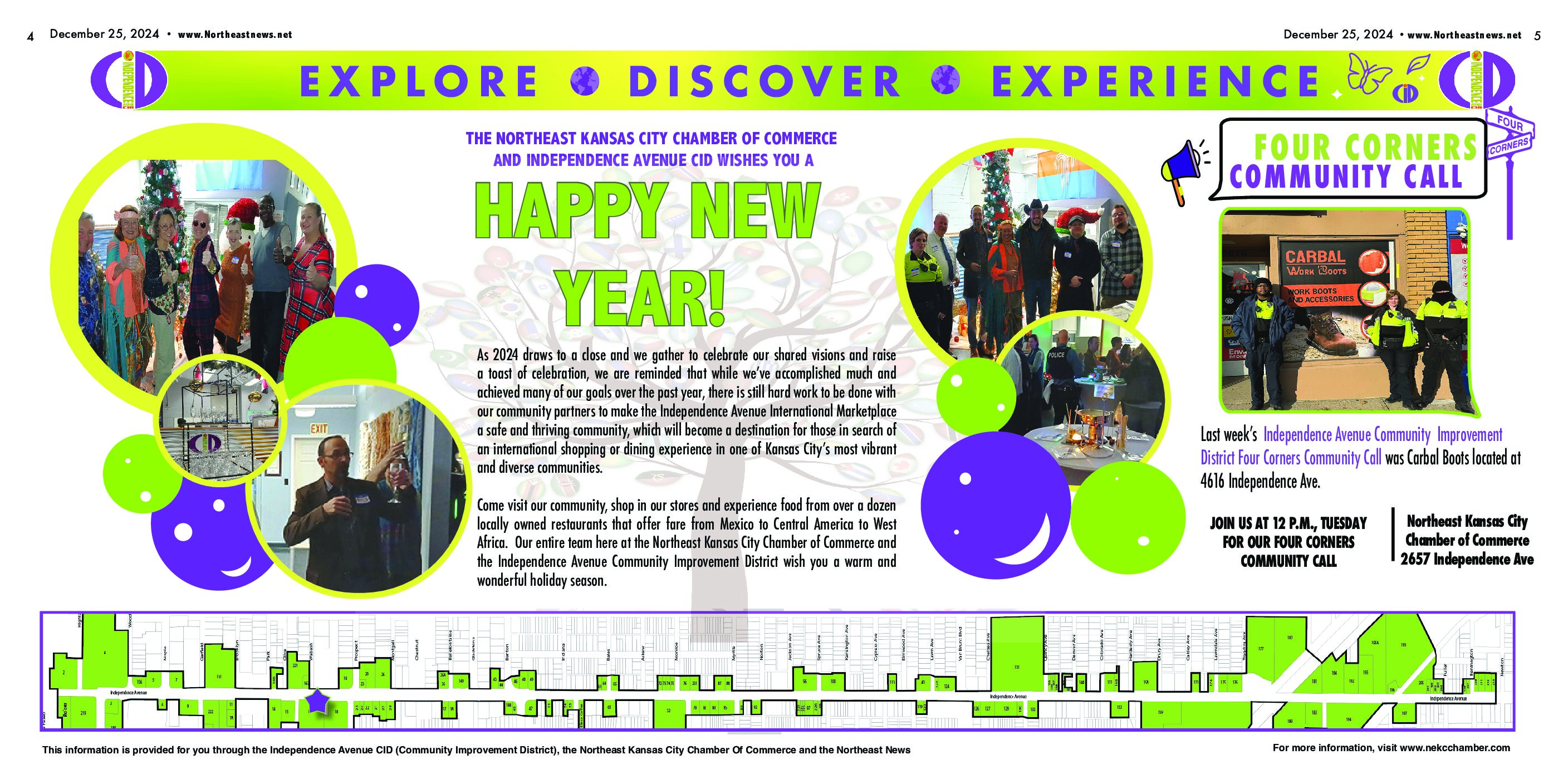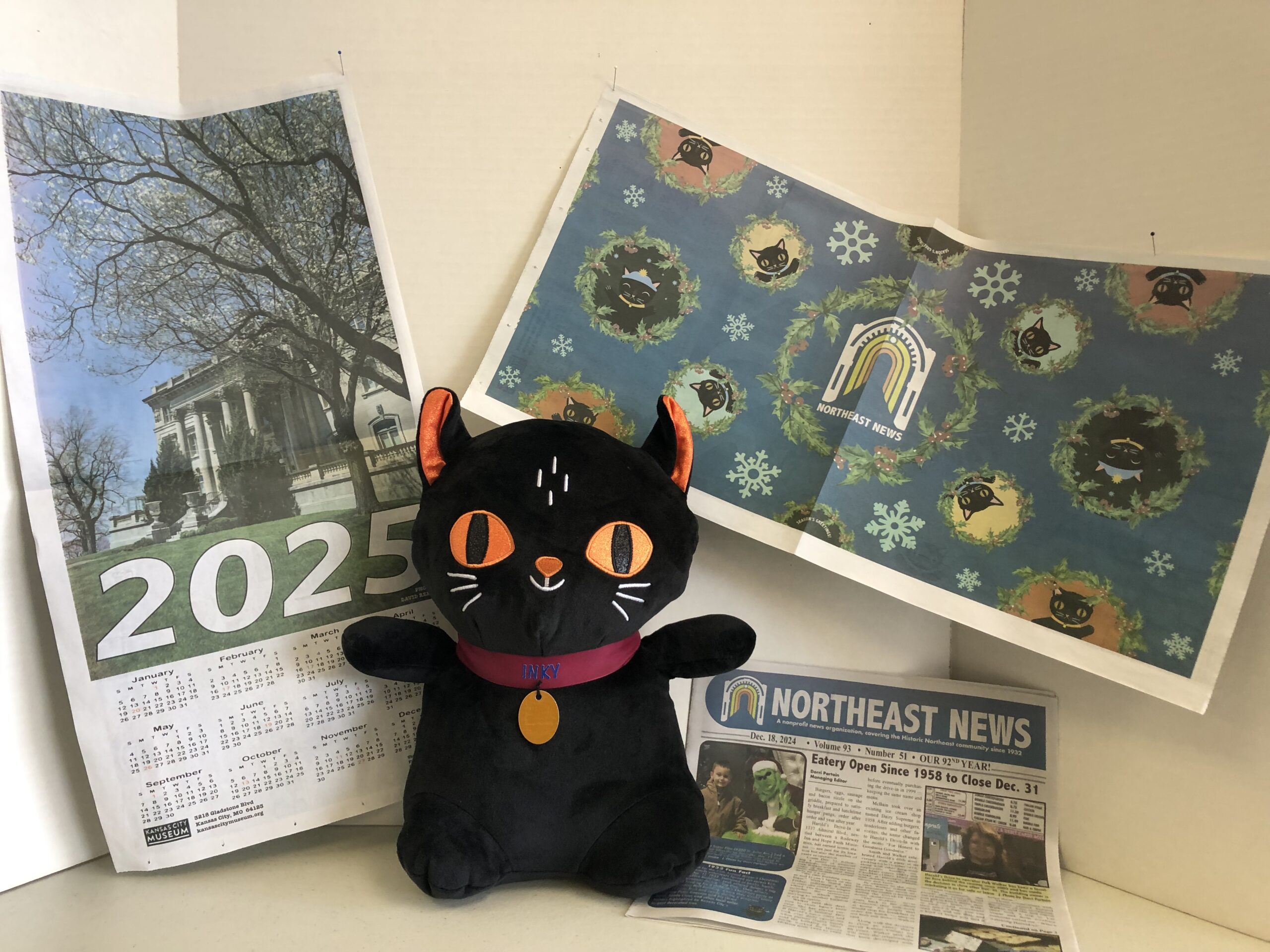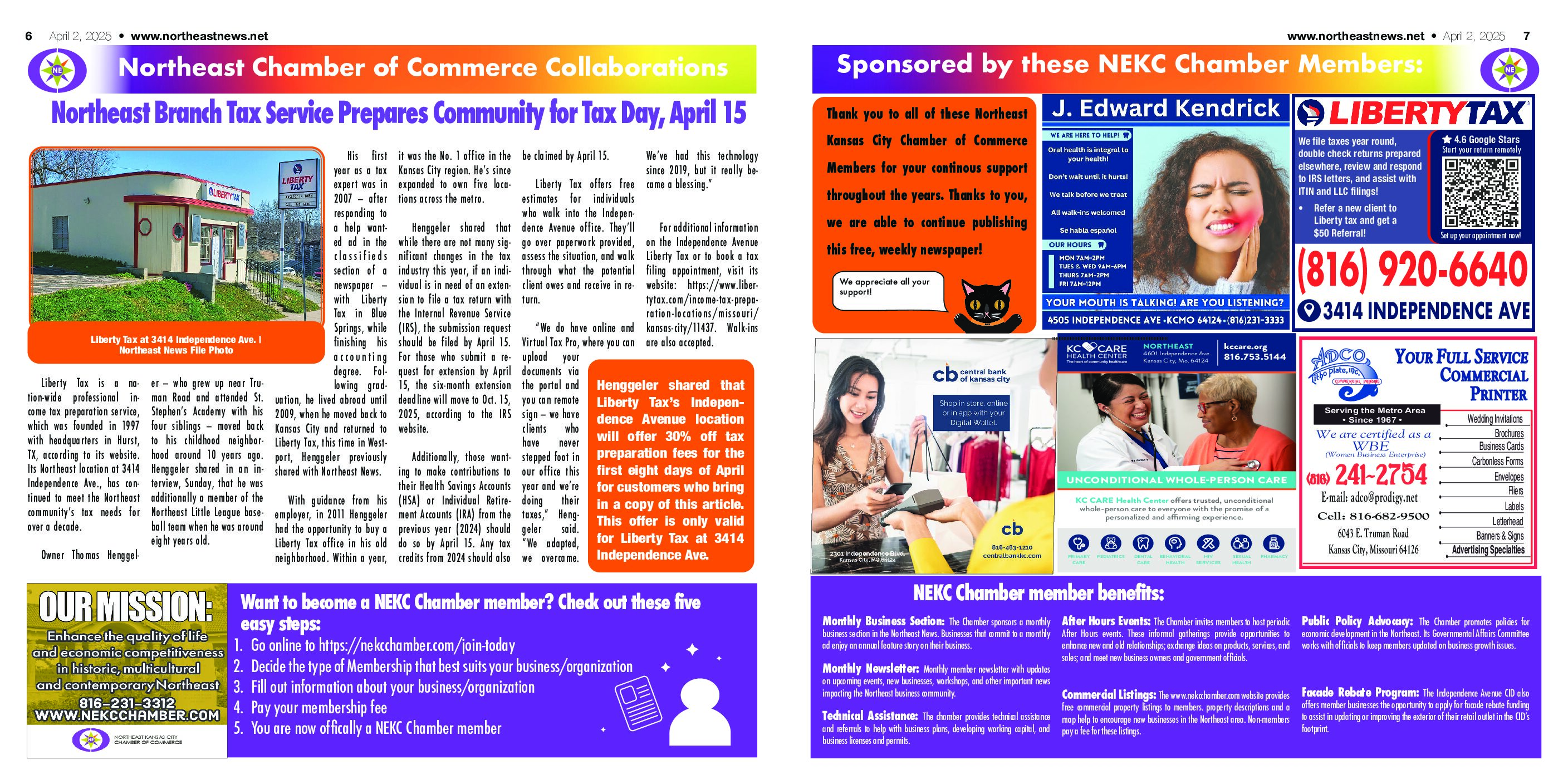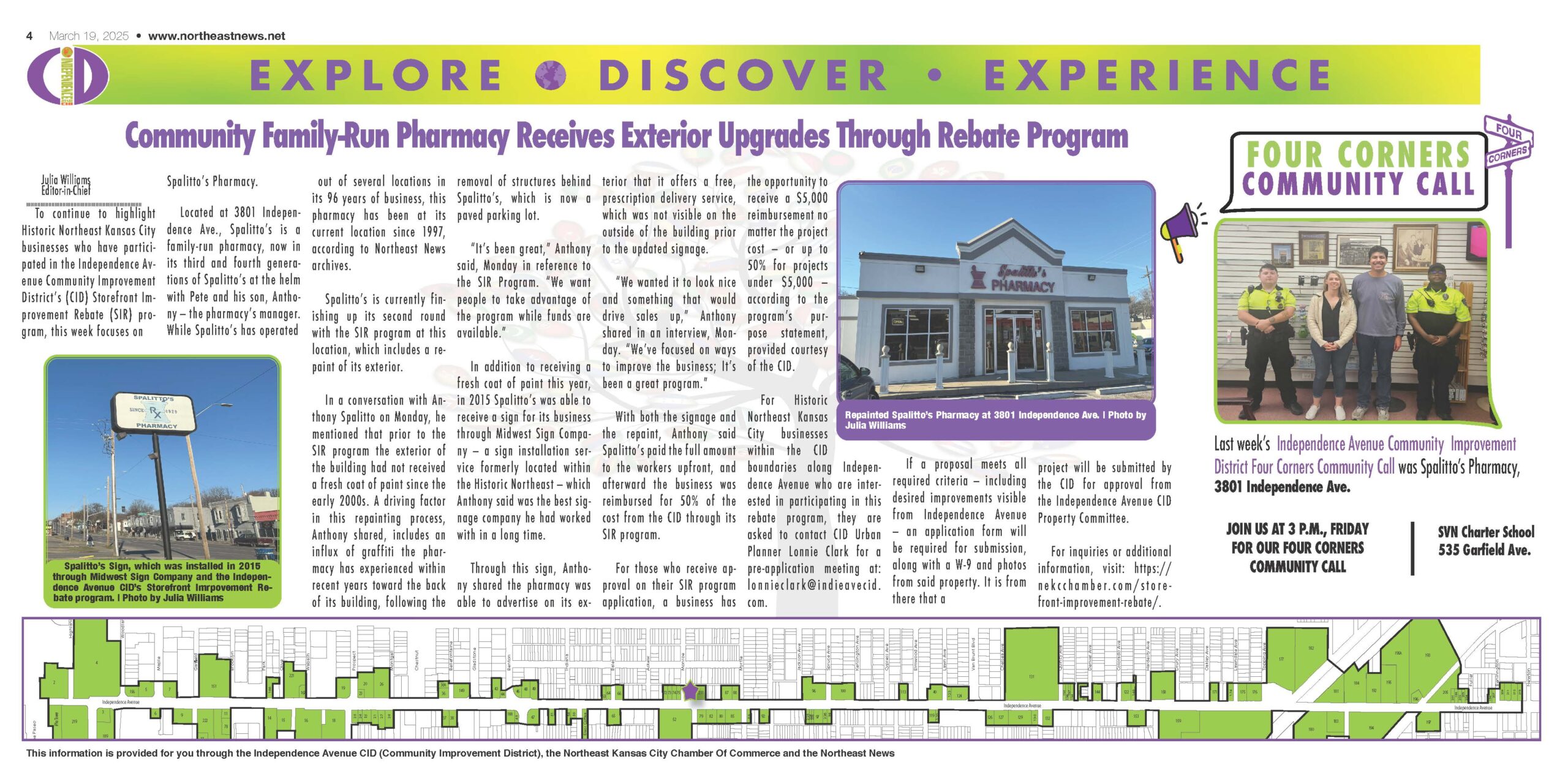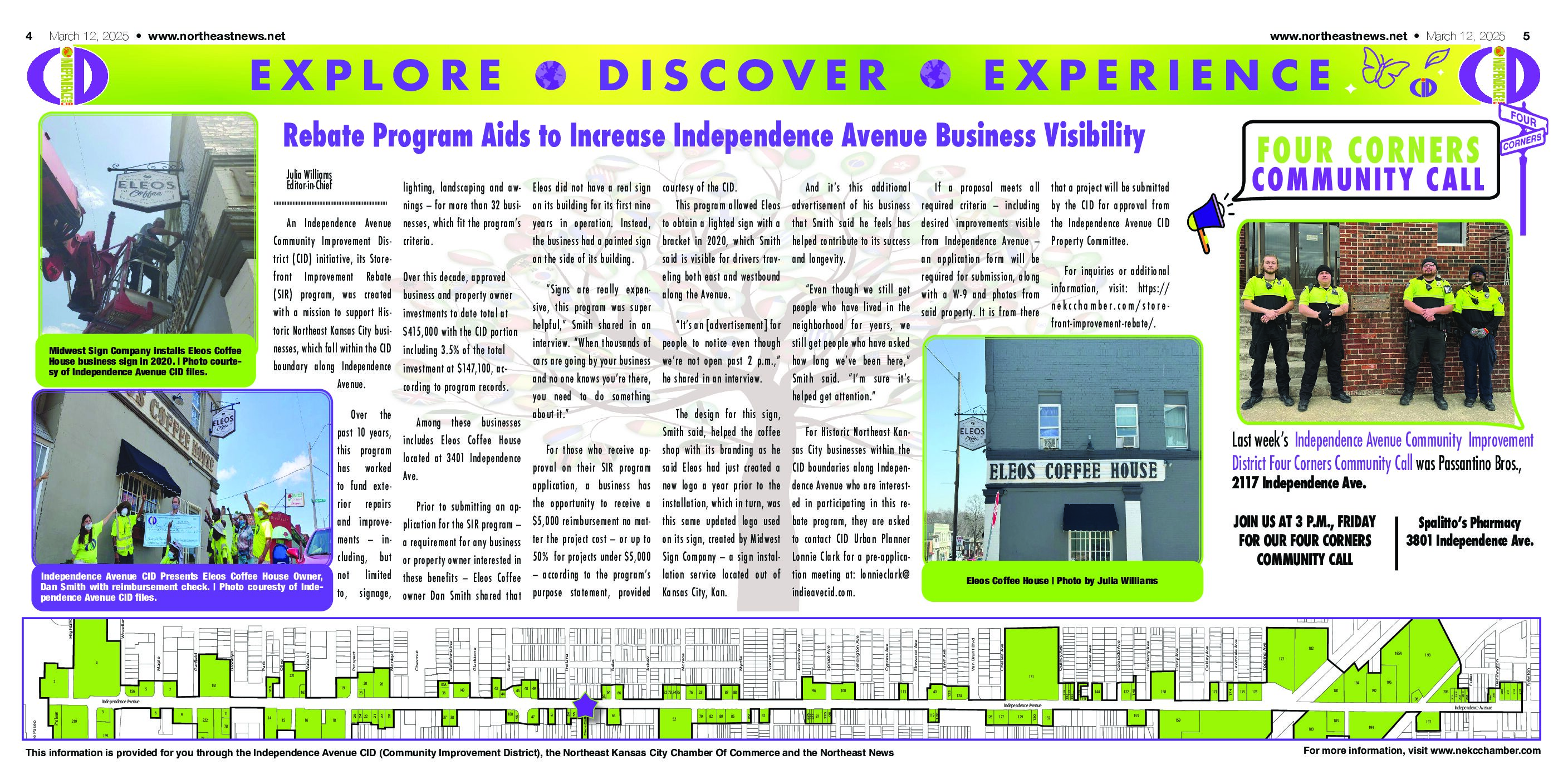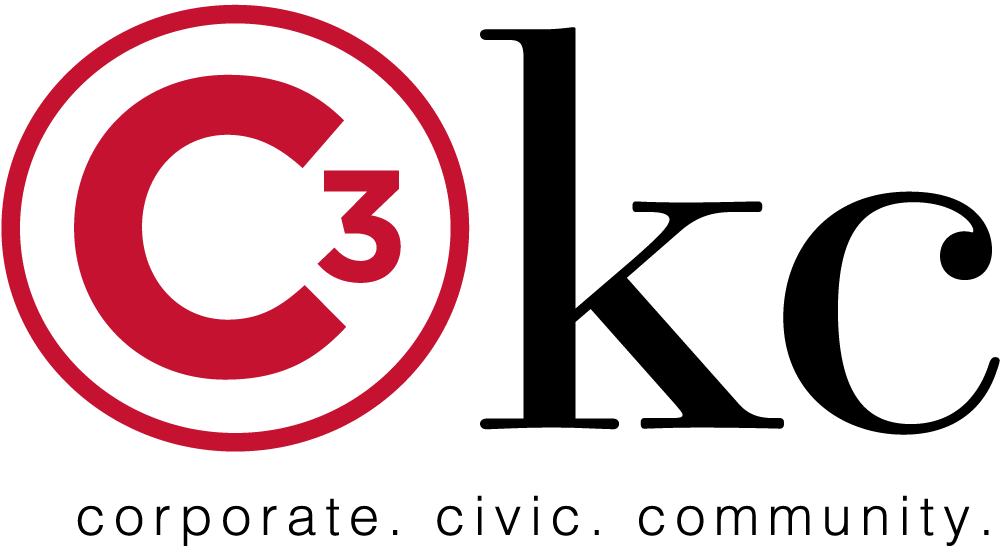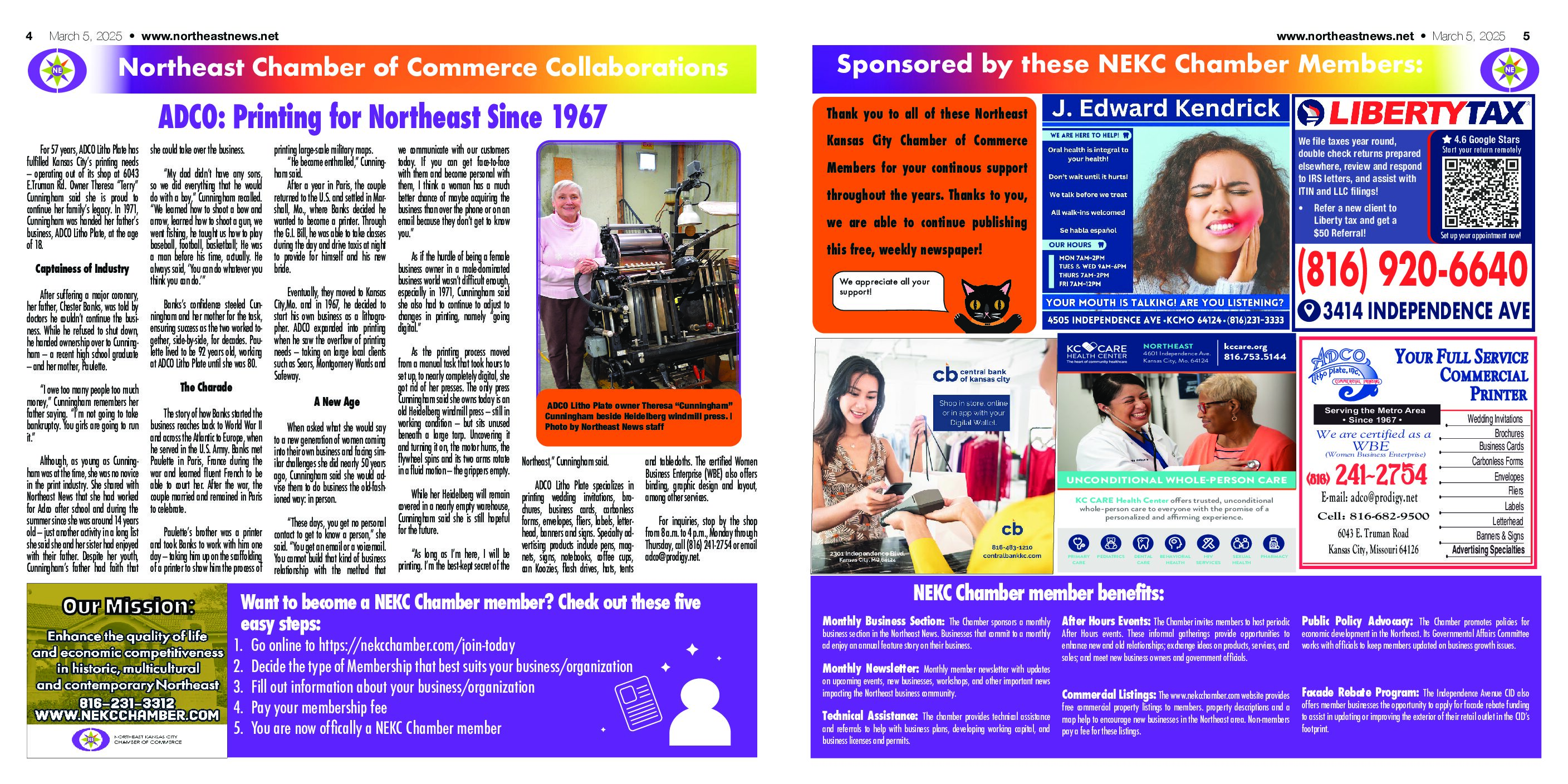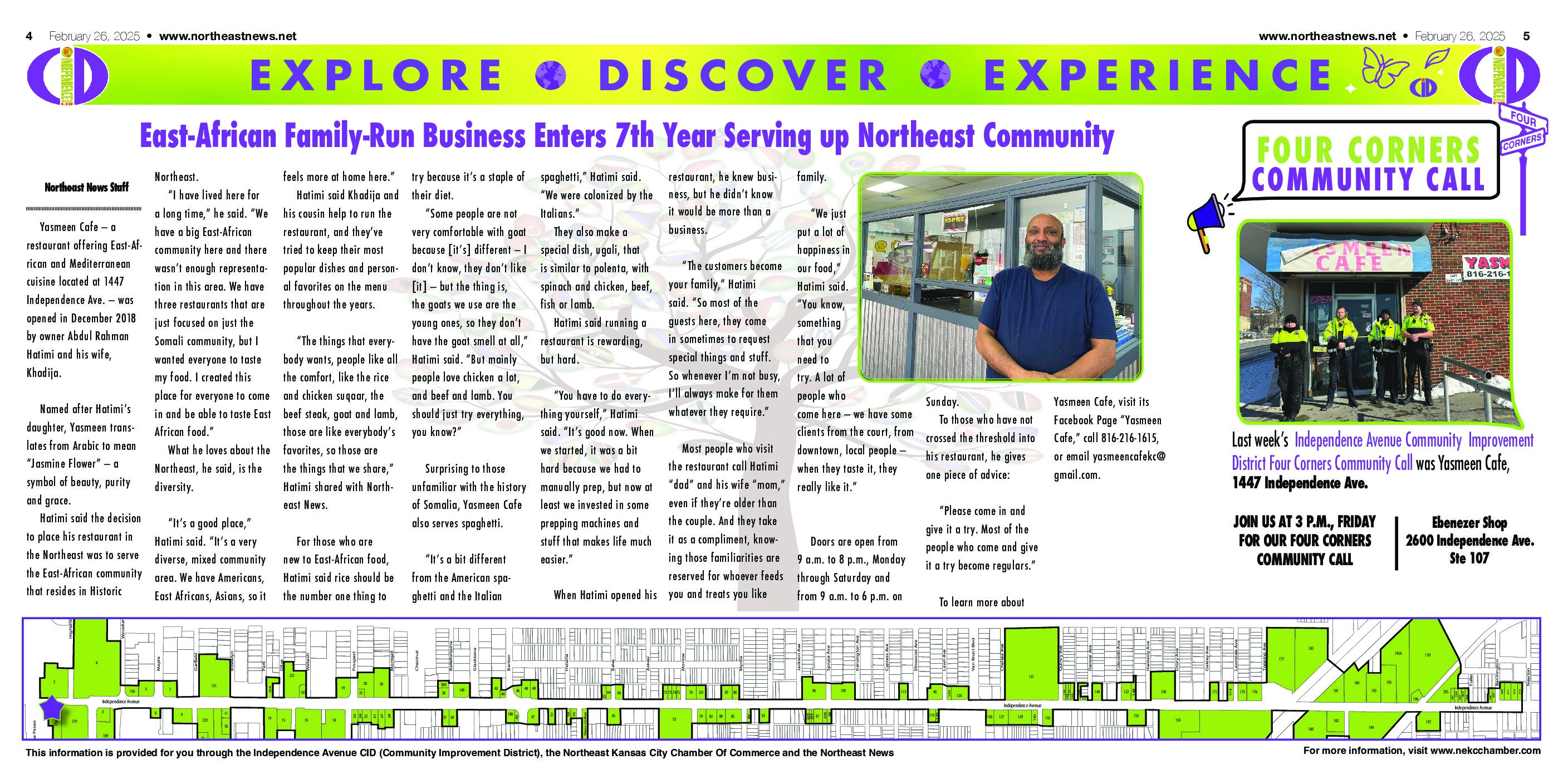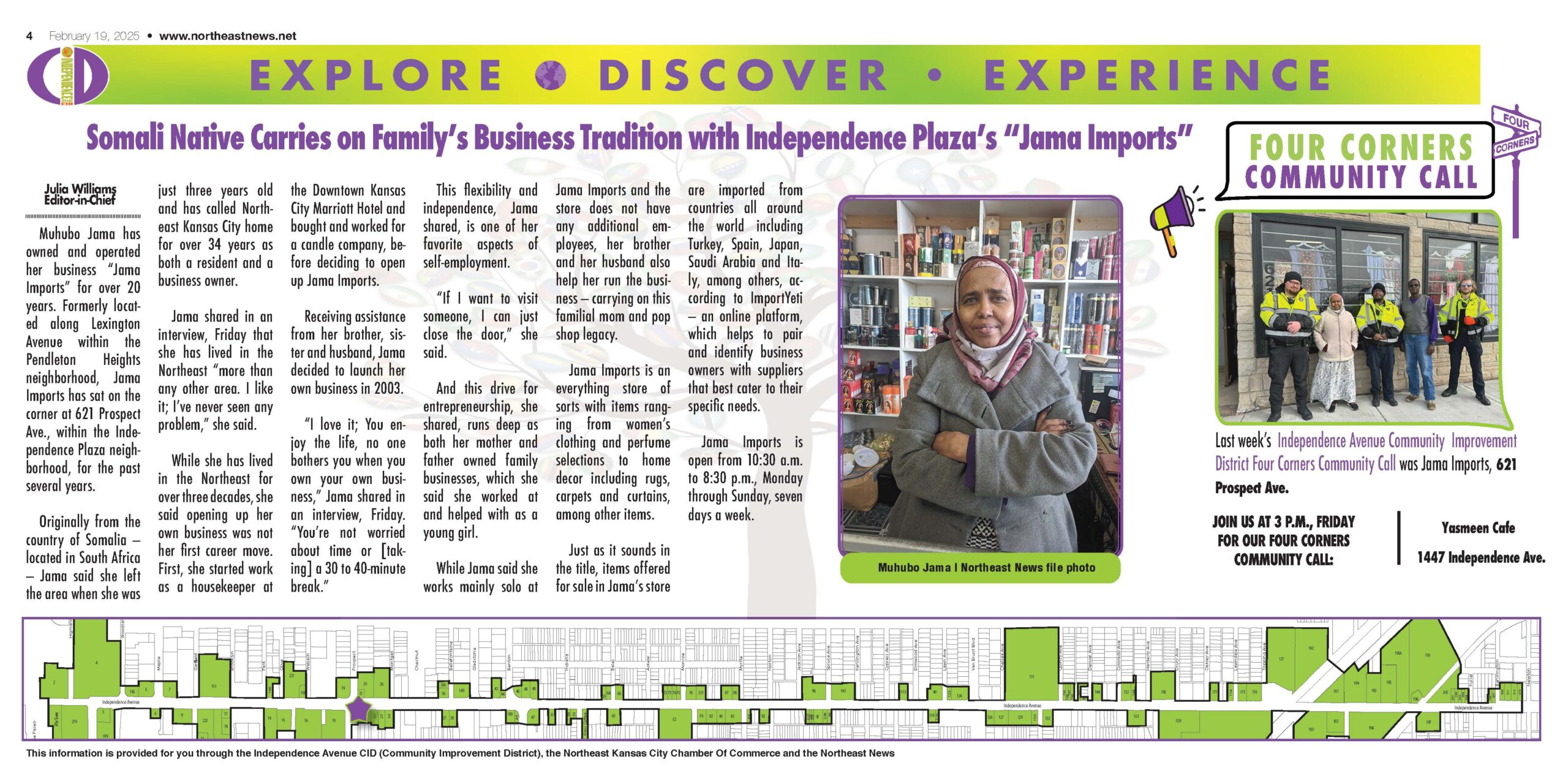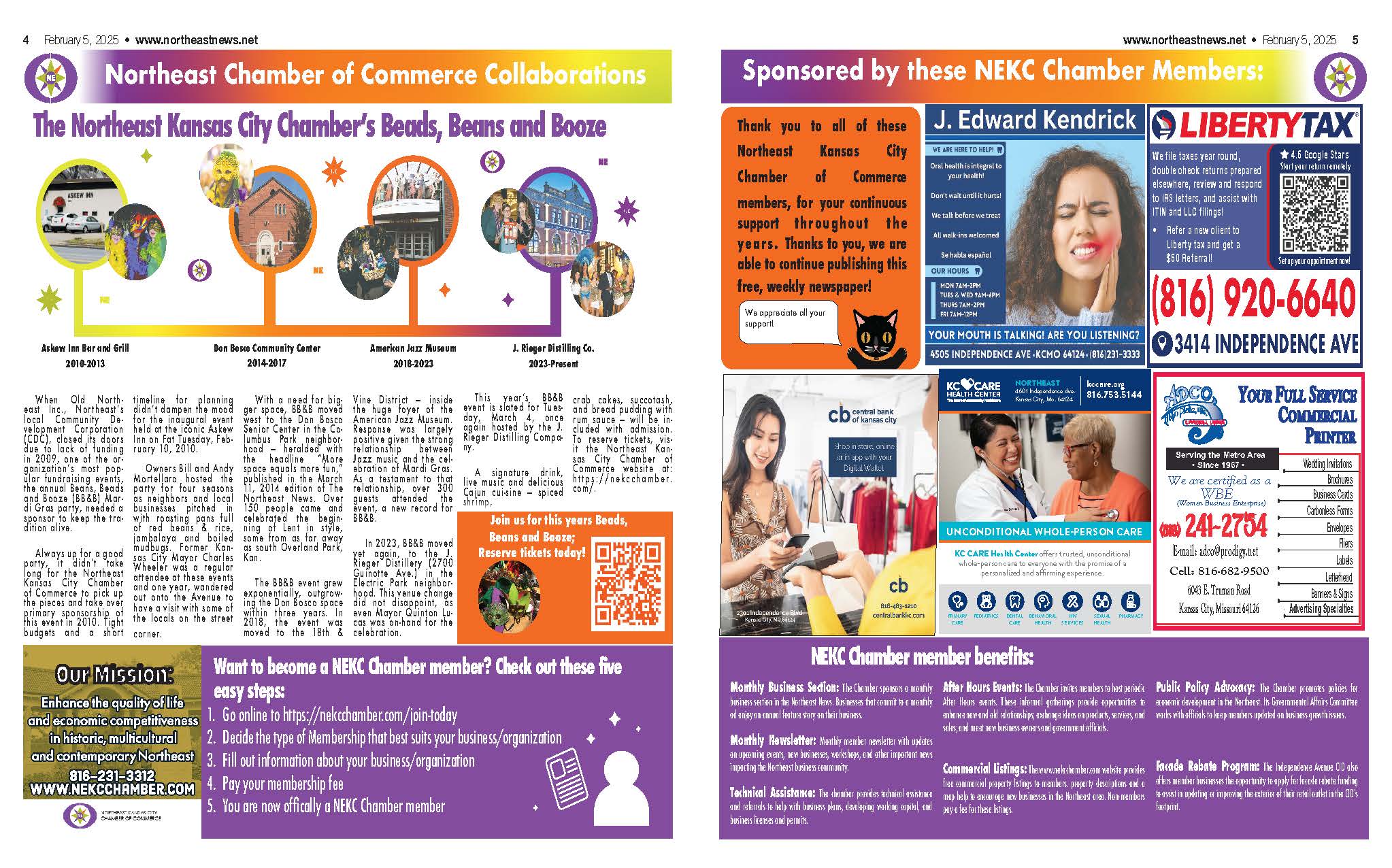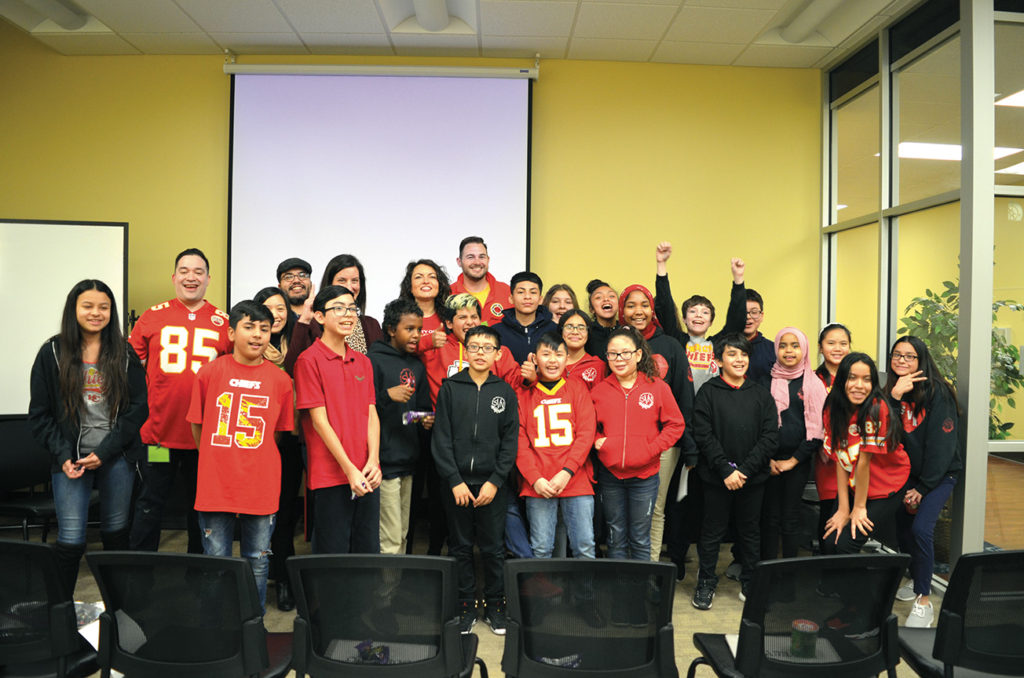
Elizabeth Orosco
Managing Editor
Scuola Vita Nuova sixth-grade students had a chance to participate in a Shark Tank-style design thinking project last week.
The students have worked closely with Latinx Education Collaborative to brainstorm solutions to problems they identify at their school.
As problems were identified, the students were then guided through the design thinking process to determine solutions.
Edgar Palacios, the founder of the Latinx Education Collaborative, said the goal is to help students understand that their voice matters and ultimately, pave a pathway for more Latino educators.
“We are trying to give sixth-graders an opportunity to see that education is a viable career option… and give them the agency and student voice around issues in their own classrooms and give them a process for them to design their own solutions to that. Meanwhile, telling them as teachers, they can use this process one day to manage their own classrooms.”
Design thinking includes processes such as context analysis, creative thinking, sketching and drawing, prototyping, testing, and evaluating.
Jennifer Hack Wolf, the founder of Below the Fold, a design thinking and content strategy consultancy, said design thinking, at its core, is about people.
“Design thinking is a process for solving problems. It’s all about putting the human, putting the other users, at the center of the problem-solving. It’s a way to get kids and adults thinking about other people in a different way and it helps build some creative confidence and make them better critical problem solvers.”
Students interviewed peers, teachers, and school leaders to gather more information on the issues, collaborated to determine the best solution, and created prototypes of various solutions to the identified problem.
Five groups of sixth-grade students presented their idea concept to four community “shark judges.”
As each group presented their idea, the community sharks asked questions and offered feedback on the projects.
The first group discussed the need for “brain breaks” during the school day. They suggested having a break to be outside, move their bodies, or have an “activity box” of things they can do during their break.
The second group discussed the need for different after school programs because currently, they said students did not like the programs available.
They conducted surveys and came up with alternate ideas. The group even saw the need to create a fundraiser to fund the new after-school programs.
The third group discussed the need for recycling in the classroom because of the large quantity of paper being thrown in the trash can.
They said most classrooms don’t have recycle bins and they would like to incorporate those in each class.
They came up with a prototype that illustrates what happens to ocean life as trash is thrown into the ocean.
The fourth group identified a need for more comfortable chairs for students. They said teachers have padded chairs, but theirs are not.
They created a prototype of what their new chairs might look like, which sparked discussion and questions from their peers.
Students in the audience discussed where the money would come from for the chairs, if they would be able to stack them, if the height would be appropriate for the current desks, and if they would be so comfortable, they would end up falling asleep.
The last group presented another issue on after-school programs, identifying a problem of students becoming antisocial if they were not given adequate programs to be involved in.
They discussed the need for kids to be healthy, social, and active. They also discussed the need for additional adults and volunteers to help staff the programs.
After deliberation, the community sharks chose the last group as the winner.
As a prize, the Latinx Education Collaborative offered tickets to AMC Theater to each group member as well as a $100 donation for the students to begin implementing their idea at the school.
Students Marwa and Marah said they learned a lot from the project.
“We learned that just making an idea or starting something is not that easy, you need to have a lot of people’s opinions and what they would like and not only what you want,” said Marwa.
While the project stretched them educationally, they said they were able to still have fun in the process.
“My favorite part was interviewing people and asking what they liked,” said Marwa.
“My favorite part was showing them the chair one of the people in my group made and asking questions,” said Marah.
Hack Wolf said working with sixth-graders was strategic.
“I wanted to start with sixth-graders because this is a time when they are beginning to consider what careers they might want to go into,” she said. “Their minds are still creative like little kids but they can think very strategically and they’ve been really surprising problem solvers.”
Palacios said ultimately, he hopes this project paves a pathway for more Latino students to become educators.
“We are trying to increase Latino representation in education in K12 and so, hopefully, this lets kids know that they, too, can become teachers one day. I hope that they leave with knowing that their voices are incredibly important, their voice matters, and when they come together as a community, they can actually solve some issues and demand some change.”
For more information about Latinx Education Collaborative, visit www.latinxedco.org.


